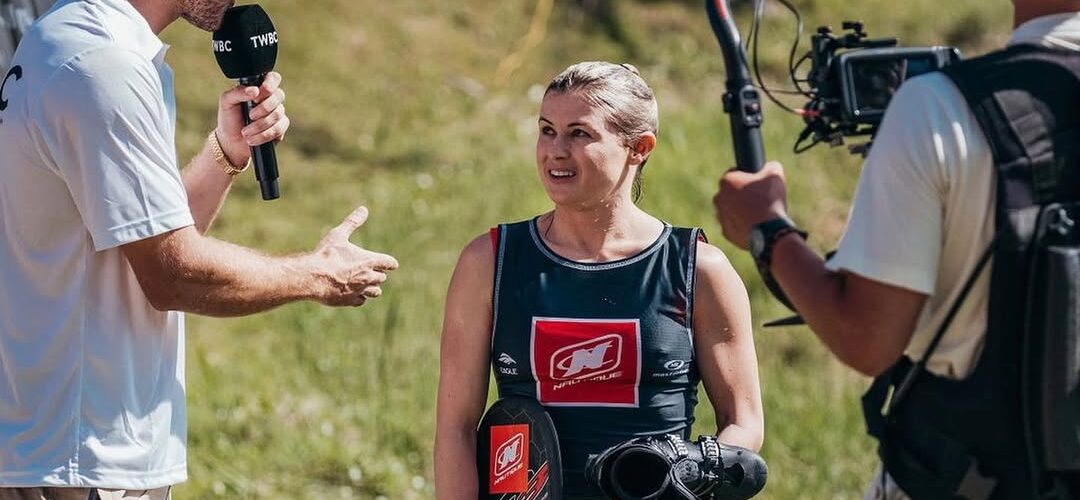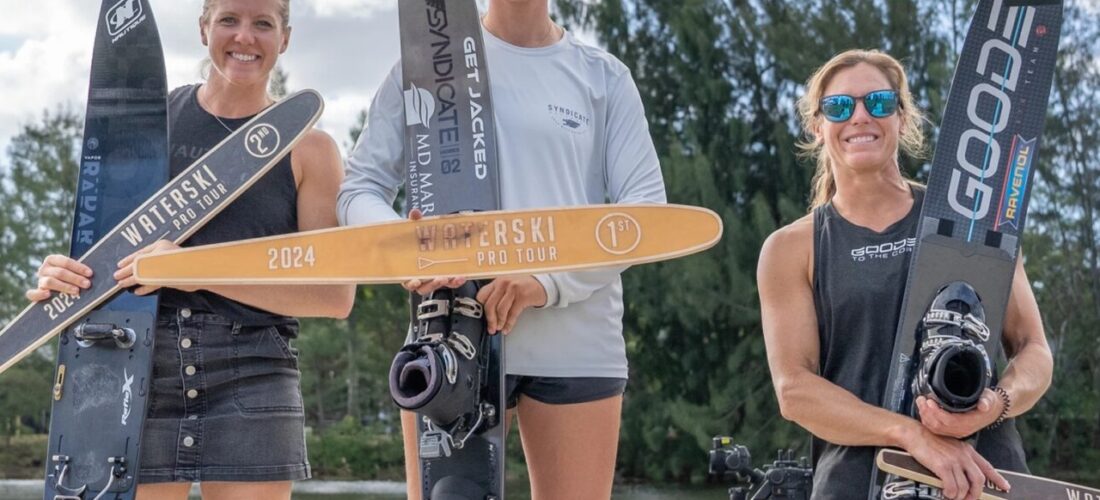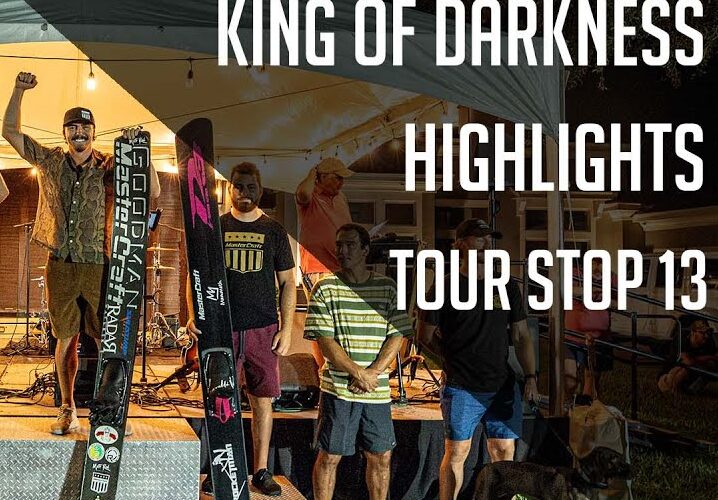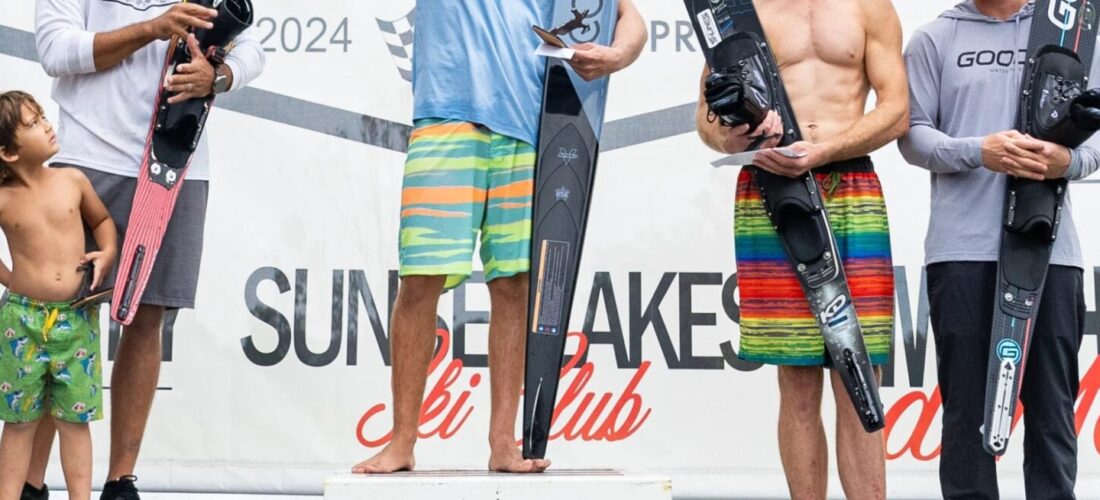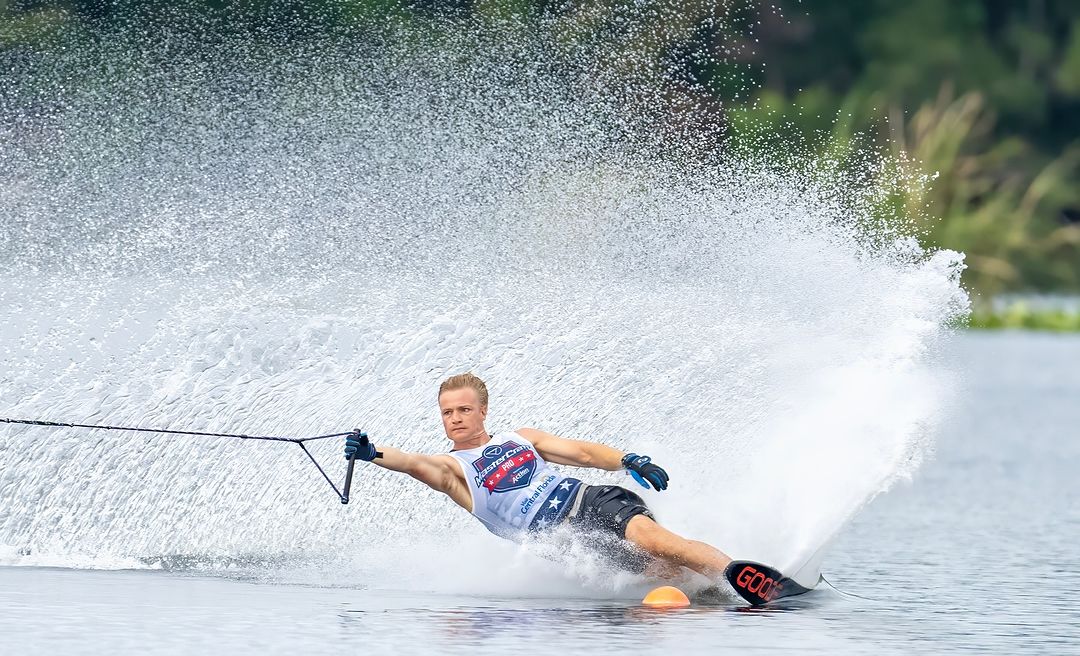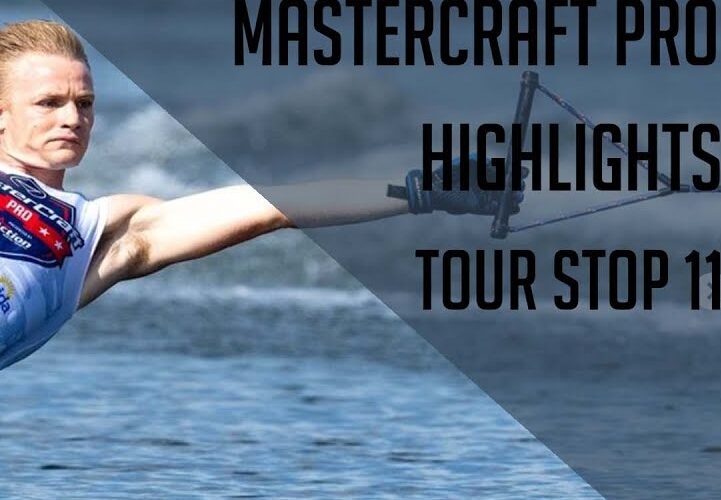From Backyard Records to Global Stages: The Evolution of Pro Trick Skiing
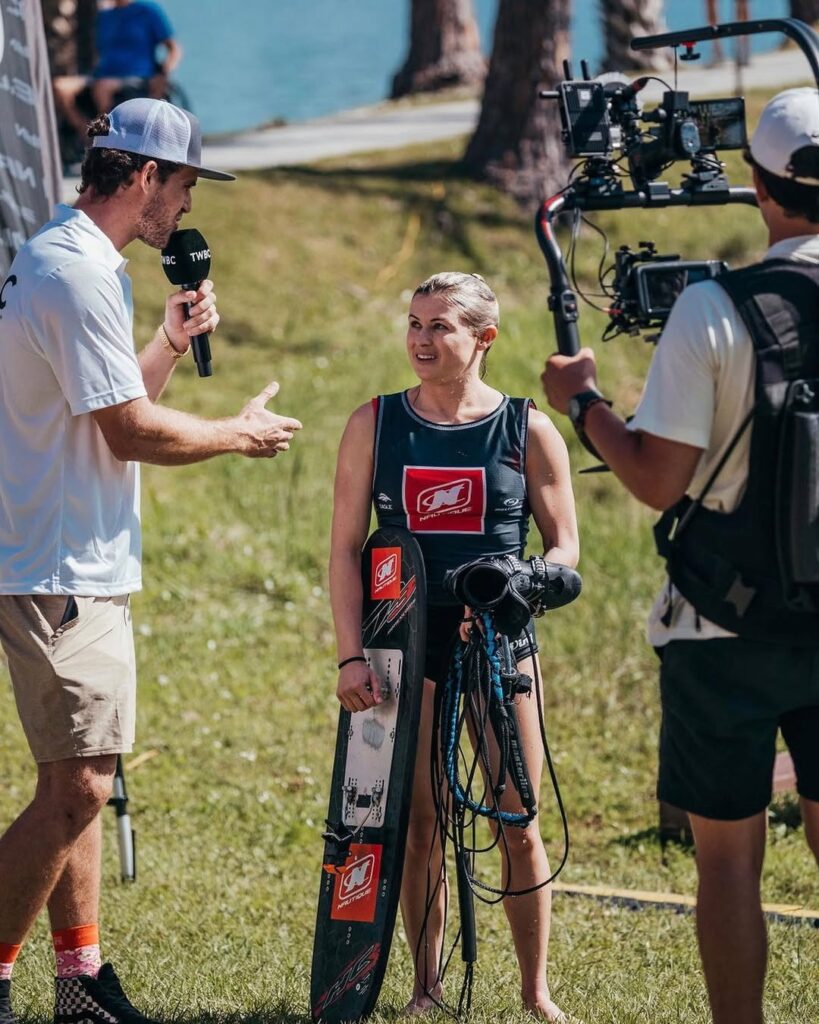
Image: @tiaremirandaphotography
Of the athletes from each of professional waterskiing’s three disciplines, trickers have the greatest preoccupation with tournament scores. Whereas pro slalomers and jumpers are, on the whole, primarily concerned with the placement their scores bring them, a conversation with a pro tricker about their season goals will often center around breaking a certain trick point barrier, frequently the world record.
This discrepancy across events – incredibly few slalom or jump skiers consider the world record as a primary goal – is a product of the health of tricks as a professional event, or lack thereof. The total number of pro trick events in the last decade is utterly dwarfed by those of jump, and especially slalom. Often there were only two events, Moomba and Masters, in which a tricker could compete for money. In these years the professional season was finished in May. Inevitably a focus on big scores ensued, as the hard working trickers sought a reason to continue their endeavor for the rest of the year.
Unfortunately this meant many of tricking’s most impressive feats occurred largely unseen: in events in someone or other’s backyard, with a handful of competitors and maybe the odd alligator as a ‘crowd’. Realistically these were more ‘trial’ rounds with real competition between athletes very thin on the ground. These scores might be posted on social media in grainy video at some point down the road, in the event of an approved record, but a huge majority of these performances would never be experienced by anyone much beyond the skier themselves. Indeed, presumably unless a personal best was broken the whole thing was considered a waste of time. A true shame given that pro level tricking – certainly waterskiing’s most diverse discipline – is extraordinarily impressive.
In the last years, new trick events have popped up to offer a platform to these athletes who so needed a greater, more consistent stage. This started two years ago with the first Swiss Pro Tricks, an event whose primary aim was to give tricking the front and center treatment: a full day of pure spins, flips, line-over and toeholds without any distraction from the other disciplines that often hog the limelight. Fortunately others have taken up the mantle: this summer there will be a handful of events across Europe making up a trick tour. And, even better, it is inarguable that when these athletes are given the opportunity to perform in front of the world they do so. And then some.
The Swiss Pro Tricks of 2025 not only saw the best ever scores in a pro event by both women and men but, in a confirmation that real competition brings out the best in top athletes, they each occurred exactly when it counted: in the final.
In the women’s event, across the opening two rounds there were few surprises. Erika Lang, Anna Gay and Neilly Ross, for so long the dominant trio of women’s tricking, cantered into the final with scores above 10k. Giannina Bonnemann claimed the comeback of the day, qualifying not too far behind in fourth, just eight months after bearing her first child.
In the final itself Neilly Ross’s final flip was out of time leaving her 10,300. Anna Gay’s 10,890 second to last off the dock left her leading as Erika Lang took to the water. But, as Gay herself mentioned in an interview, Lang is a hell of a competitor. No one was surprised the when she needed to go big for her 2nd win of the year she went huge: Erika broke the 11k barrier for the first time this year in women’s skiing while setting the best ever pro event score in the process.
Erika’s ascendency to the dominant tricker of recent times should be studied. In the decade after winning her first event in March 2013 she won a further 10 events. In the last 2 years and 2 months she has won 10 events of a possible 12. On today’s evidence no one would count against her continuing this run far into the future.
Conversely to the women’s division, men’s tricks has recently been a relative to-and-fro between a number of the experienced and up-and-comers. Pato Font’s own period of near-total dominance ended with wins from a broader pool of skiers. In the last year these have included Mati Gonzalez, Jake Abelson and Martin Labra (absent from this event due to a knee injury).
Gonzalez was the defending champion here after his debut win at last year’s event. The start of his defence did not go to plan as a judging camera malfunction meant he had to return to the water after what would have been a good run. The subsequent fall put him at risk of missing the final if he had a substandard second qualifying round. There would have been many viewers concerned for the visibly rattled 17 year old. Not to worry though: his second round saw him top score in qualifying with 12,510 despite claiming he was trying to go “very slow” to ensure he wouldn’t repeat a fall. But the best was yet to come.
Disappointing rounds in the final from Pato Font and Jake Abelson meant there was an opportunity. Louis Duplain-Fribourg, perhaps the best tricker without a pro win, came close with 11,850. Joel Poland must have thought he’d done enough with a personal best of 12,400 – superior to his winning score at this event two years ago. But then came something special. Mati Gonzalez, proving to be an old head on young shoulders as he completed the perfect comeback arc across three rounds, brought the house down with an astonishing 12,860. Amongst his elation, even he was surprised.
2025 will see the most professional trick events in a single year in living memory. This is a huge opportunity not only for the athletes to compete where it counts – in front of the eyes of the world – but also for fans of waterskiing and beyond to really get to grips with and buy into this hitherto unheralded discipline. As for today, at the 2025 Swiss Pro Tricks, a world record was not broken. No, the intensity of the competition, the diversity of athleticism and the magnitude of multiple performances made what we saw that much greater.
